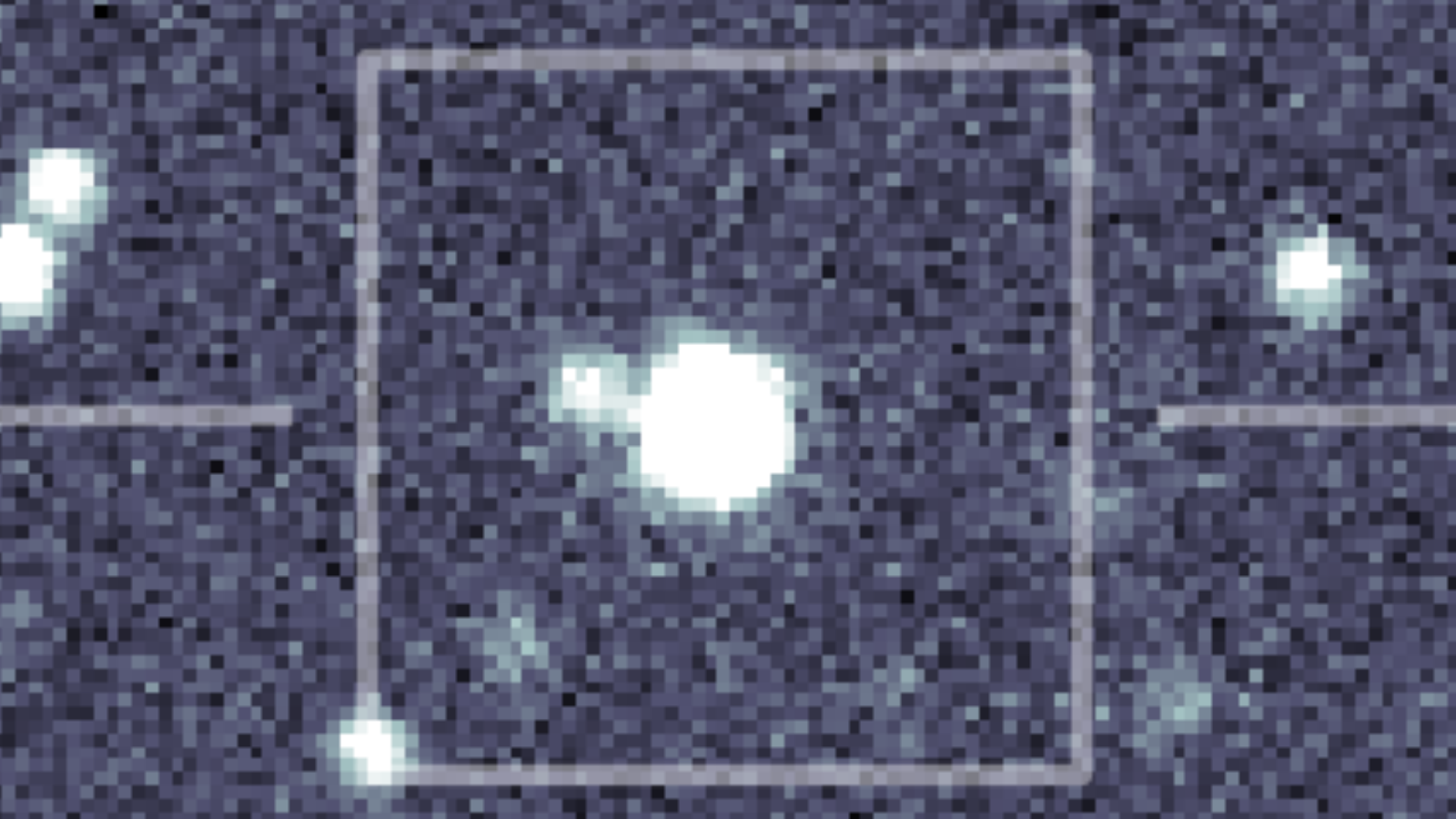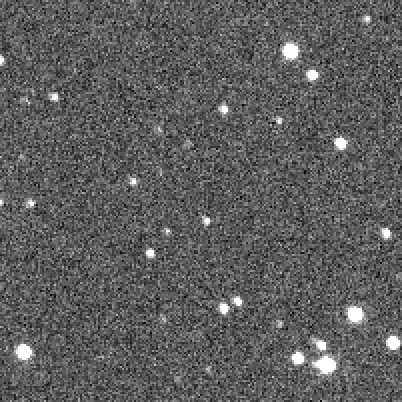Rare breed of exploding star discovered by citizen scientists in cataclysmic find
"The discovery of GOTO0650 is really the pinnacle of two years of consistent hard work from our volunteers."

Astronomers have teamed up with citizen scientists to discover a brand-new exploding star that's greedily feeding on a stellar companion.
The newly observed binary system features a cataclysmic variable star, designated GOTO0650, which is in a rarely seen late stage of its evolution. This was also the first major discovery for the citizen astronomy project Kilonova Seekers.
The exploding star was detected when the general public was invited to play a game of cosmic "spot the difference." This involved comparing images of the same patch of night sky to detect light changes that could indicate powerful and violent events.
GOTO0650 was spotted when a patch of sky brightened by a factor of around 2,500 compared to its previous brightness just days earlier.
The rapid response of the citizen scientists allowed astronomers to classify the object as a cataclysmic variable star. These are binary systems in which one object, a dense stellar corpse known as a white dwarf, is stripping material from a companion star. The stolen matter from the companion forms a flattened cloud of material around the white dwarf called an accretion disk.
As the accretion disk gradually feeds the white dwarf, accumulated matter builds up and eventually triggers a runaway nuclear explosion, which destroys the white dwarf. However, before this happens, material in the accretion disk can reach a critical density and temperature. This causes the disk to dramatically brighten until it eventually cools and returns to a quiescent state.
These events were originally called "novae," meaning "new" in Latin, as they were believed to represent the birth of a new star.
Breaking space news, the latest updates on rocket launches, skywatching events and more!
"Kilonova Seekers is a unique opportunity for members of the public to take part in true real-time astrophysics," Kilonova Seekers team co-leader Tom Killestein, a researcher at the University of Warwick in England, said in a statement.
"Remarkably, public volunteers identified this star as an object of interest within 3.5 hours of the image being taken by the GOTO telescopes," he added, referring to the Gravitational-wave Optical Transient Observer project, which employs telescope arrays in Spain and Australia. "This discovery could have been missed among many other objects without their efforts."
This fast response allowed astronomers to get a comprehensive dataset regarding GOTO0650 before it returned to a quiet state.
"The involvement of the volunteers didn’t stop there, as there was a huge follow-up response from the public," Killestein continued."It was flagged for further observations from the Swift and Einstein Probe space observatories, and GOTO0650 was bright enough for amateur astronomers to take impressively high-quality observations of it with their own equipment, which formed a key part of the paper and really helped us understand the object."
X-ray and ultraviolet data revealed that GOTO0650 is a "period bouncer," one of two possible final states of a cataclysmic variable star. During this stage, mass loss from the donor star causes the orbital period of the binary system to increase, with the white dwarf and companion star moving away from each other.
It's rare to spot a cataclysmic variable star in its final bouncer stage, making the discovery of GOTO0650 even more special. That's especially true for the citizen scientists who played a key role in its discovery.
"I literally screamed with joy when I saw that I was going to be a co-author of the research paper," Kilonova Seekers Volunteer Svetoslav Alexandrov said in the same statement. "I'm certain that people on the street raised their eyebrows when they saw me screaming and dancing, but I didn't care. I knew I am a co-discoverer of something significant, and this was all that mattered."
The team's research was published on Tuesday (July 1) in the journal Astronomy & Astrophysics.

Robert Lea is a science journalist in the U.K. whose articles have been published in Physics World, New Scientist, Astronomy Magazine, All About Space, Newsweek and ZME Science. He also writes about science communication for Elsevier and the European Journal of Physics. Rob holds a bachelor of science degree in physics and astronomy from the U.K.’s Open University. Follow him on Twitter @sciencef1rst.
You must confirm your public display name before commenting
Please logout and then login again, you will then be prompted to enter your display name.

